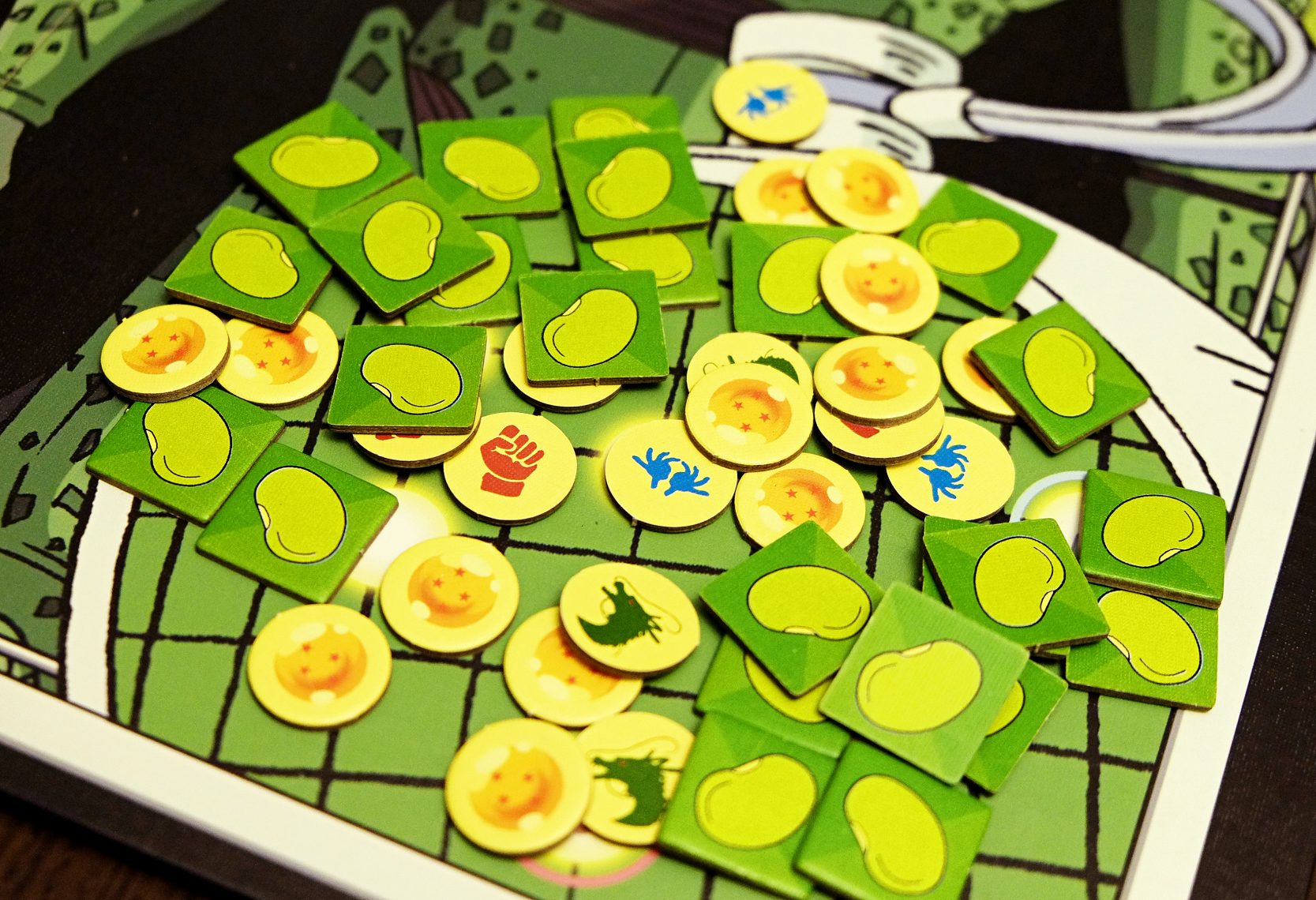
It was time for the investigation to begin. They each then went to their drawer and got out their detective badges. Someone had written graffiti all over the back wall of his classroom! It was a class mystery. When a Y4 class walked into their classroom their teacher, Steve Jones, seemed perturbed. The students then went on to investigate the chemistry behind the explosion. She asked students to speculate on what might have caused this plume of smoke. A science teacher used her own personal photos of the Buncefield oil depot explosion in 2005 as seen from her house. Stopping a story, a video or an experiment to ask students what they think might happen next is another way to get increased curiosity. When students are hypothesising and speculating they are working at high levels of thinking. However, not all number 7s won, which threw up some interesting questions about the differences between probability and chance. One would expect car number 7 to win due to the law of probability: seven is the most likely aggregate number to appear when two dice are rolled together. The winner was the first car to reach the tenth space. For example, if the dice rolled 2 and 4, adding up to six, car number 6 was moved forward one space. How many spaces each car moved forward depended on the combined number rolled by the dice. Students were asked to speculate which cars were most likely to be winners. To explore the topic of probability, a Y5 class was divided into small groups then given 12 toy cars and two dice.Īfter drawing a race track of 10 spaces on the floor, students then numbered each car from 1 through to 12. The purpose of the lesson was to write a story through the eyes of a wartime evacuee.

To add gravitas to the situation the teacher made the students wear white gloves before they examined the contents which included a gas mask, ration book and so on. The suitcase was borrowed from the local museum. First they had to speculate what was in the case and then they got the chance to examine the contents. Year 4 students walked into the class to see a battered old suitcase in the middle of the floor.
#GAMES SHOWN IN AFTER SCHOOL DICE CLUB MOVIE#
Not only that, the class voted for the best movie and the winning group received an Oscar for best film. Each group presented their movie later in the lesson. Using resources such as notes and a textbook they had to make a silent movie which showed how a sperm fertilises an egg. Each group was allocated a window pane, some plasticine and the use of a digital camera. Other examples include:Ī science teacher gave her students an interesting challenge on the topic of reproduction. We often encourage teachers to use props to create more novelty in lessons. The children were already engaged, but now they were enraptured. Along with her teaching assistants, she invited pupils into a circle on the carpet and got each child to stroke the chicks and ask questions. One teacher we worked with brought in some chicks while she was reading the story of Chicken Licken to her pupils.

The teacher commented afterwards that using curiosity had dramatically raised engagement levels.
#GAMES SHOWN IN AFTER SCHOOL DICE CLUB CODE#
To solve the mystery they had to crack the secret code the thief had left behind. They were incredibly curious about who it could be. The students were shocked when they were told that the thief had to be one of the teachers. One Y5 teacher, Natalie, started a numeracy lesson by informing her class that a plate of donuts had been stolen from the headteacher’s office. If we can tap into this innate tendency and capture the imagination of our students, then we can maximise their interest and engagement. So keep the questions coming with these mysteries and investigations from Andy Griffith and Mark Burns.Īs human beings, we are naturally curious creatures.

When we’re no longer curious about the world around us, we’ve lost our desire to learn.


 0 kommentar(er)
0 kommentar(er)
